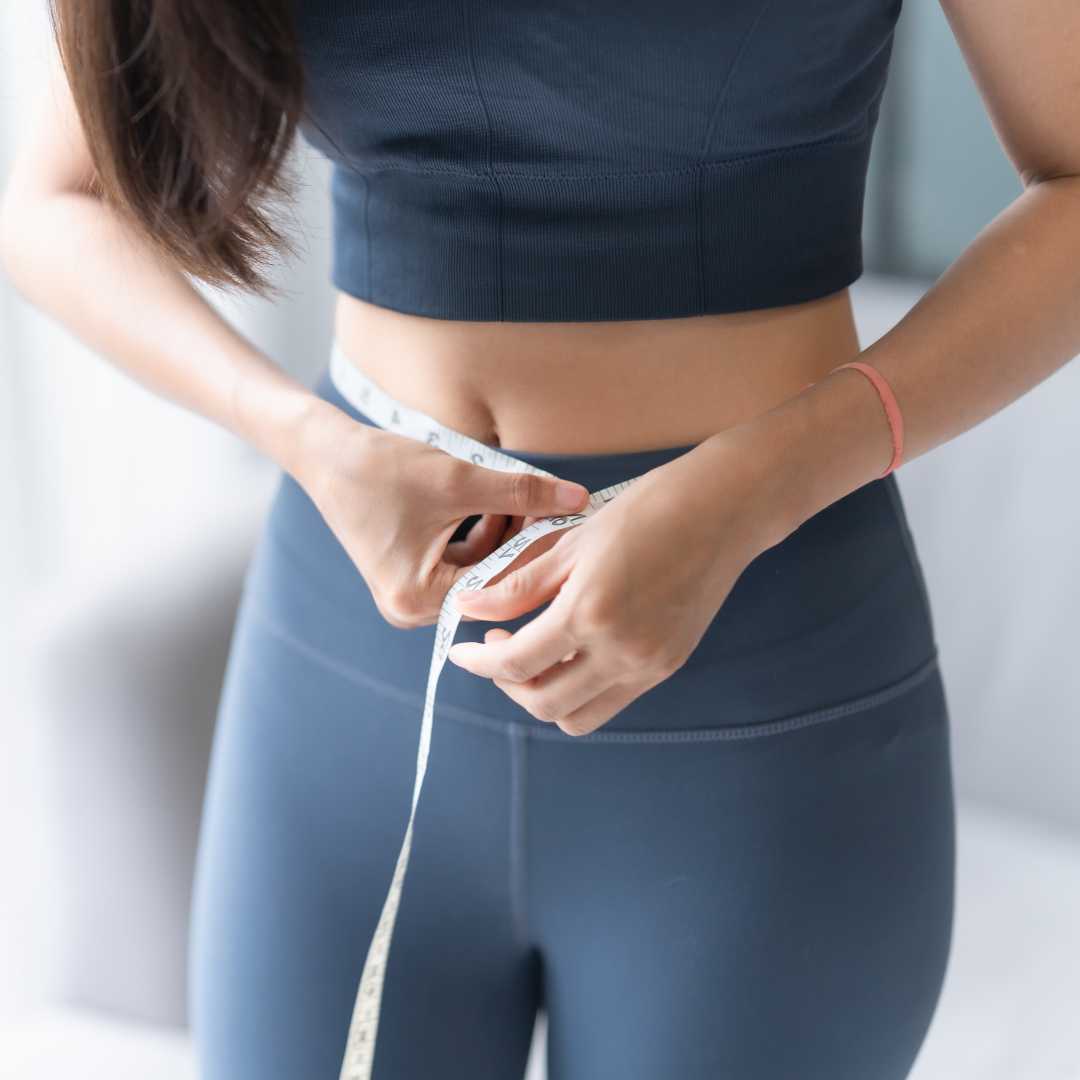Panniculectomy Surgery Procedure Information for Obesity Bariatric Surgery
Key Takeaways:
- What is Panniculectomy? It’s a surgical procedure to remove excess abdominal skin and fat, typically after massive weight loss or obesity.
- Who Should Consider It? Ideal candidates are those with hanging abdominal skin, stable weight, and good overall health.
- Recovery Process: After surgery, expect compression garments, drain management, and limited physical activity for 4-6 weeks.
- Potential Risks: While the surgery can improve quality of life, it does come with risks like infection, bleeding, and scarring.
What is Panniculectomy?
Panniculectomy is a surgical procedure aimed at removing the excess skin and fat hanging over the abdomen. This excess, often called the “pannus,” typically results from significant weight loss or obesity. Unlike a tummy tuck (abdominoplasty), panniculectomy focuses solely on removing the excess skin without tightening abdominal muscles.
The procedure can be life-changing for individuals who have lost a significant amount of weight, often leaving behind uncomfortable, sagging skin that affects their ability to move, breathe, and perform everyday activities. In addition to the cosmetic benefits, panniculectomy can also alleviate physical discomfort, improve hygiene, and reduce the risk of skin infections.
Who Should Consider Panniculectomy?
Panniculectomy is a procedure primarily aimed at individuals who have undergone massive weight loss and are left with a hanging apron of skin. Ideal candidates for panniculectomy include:
- Individuals with Significant Excess Skin and Fat: Those who have experienced dramatic weight loss due to bariatric surgery or lifestyle changes.
- Stable Weight: Candidates should have maintained a stable weight for at least six months to ensure that no further dramatic weight loss or gain occurs.
- Good Overall Health: Because panniculectomy is a major surgery, candidates must be in good health and able to handle anesthesia and recovery.
- Physical Discomfort or Hygiene Issues: The excess skin can cause physical discomfort, rashes, or infections due to trapped moisture, making this surgery beneficial for improving quality of life.
If you're struggling with excess skin or fat that impacts your health or confidence, panniculectomy could be the solution you've been seeking.
Preparing for Panniculectomy Surgery
Like any major surgery, the success of panniculectomy depends on adequate preparation. Here's what you should expect before undergoing the procedure:
- Consultation with Your Surgeon: The process begins with a consultation where your surgeon will assess your health, medical history, and the extent of the excess skin.
- Medical Evaluation: Your surgeon will conduct a comprehensive evaluation to ensure you are in good physical condition to undergo the surgery. This may include blood tests, imaging studies, and other assessments.
- Stop Smoking: Smoking can impair healing, so it’s crucial to stop smoking several weeks before surgery.
- Avoid Certain Medications: Certain medications, especially those that thin the blood, should be avoided before the surgery.
- Arranging for Aftercare: Since recovery can be challenging, you’ll need to arrange for help around the house, especially during the first few weeks post-surgery.
The Surgical Process
The panniculectomy procedure involves several steps, each designed to remove excess skin and fat while minimizing the risk of complications.
- Anesthesia: The surgery is typically performed under general anesthesia, meaning you'll be asleep during the procedure.
- Incision: The surgeon will make a horizontal incision in the lower abdomen, typically just above the pubic area. In some cases, a vertical incision may also be needed, depending on the amount of excess skin.
- Excess Skin and Fat Removal: The surgeon removes the overhanging pannus, and the remaining tissue is contoured to provide a smoother abdominal profile.
- Closure: The incision is then closed with sutures, and surgical drains may be inserted to help remove excess fluids and prevent complications like infection.
Recovery After Panniculectomy
Following the surgery, you’ll need time to heal, and it’s essential to follow your surgeon's instructions to ensure the best possible outcome.
- Compression Garments: You will be required to wear compression garments for several weeks after the surgery. These garments help reduce swelling and improve skin contouring.
- Drain Management: Surgical drains may be placed to help remove fluid buildup from the surgical area. You’ll need to care for these drains and follow your surgeon's instructions for removal.
- Physical Activity Restrictions: For the first 4-6 weeks, you'll be advised to avoid strenuous activity, lifting, and bending over.
- Follow-Up Appointments: Regular follow-up visits with your surgeon are crucial to monitor your progress, check for any complications, and ensure proper healing.
While the recovery process can take time, most patients find the benefits of panniculectomy worth the wait.
Potential Risks and Complications
Like any surgery, panniculectomy carries potential risks, though these are generally low when the procedure is performed by an experienced surgeon. Common risks include:
- Infection: As with any surgery, there’s a risk of infection, but proper aftercare significantly reduces this risk.
- Bleeding: Excessive bleeding can occur, though this is rare and typically controlled during surgery.
- Scarring: Panniculectomy results in permanent scarring, though the scars are usually placed in discreet locations and tend to fade over time.
- Blood Clots: As with any major surgery, blood clots are a concern, but they can usually be prevented with early mobilization and proper post-surgical care.
- Anesthesia Risks: While rare, complications can arise from anesthesia, particularly in individuals with pre-existing health conditions.
Discussing these risks with your surgeon will help you understand what to expect and how to minimize complications.
How PlacidWay Can Help You with Panniculectomy
If you’re considering panniculectomy, PlacidWay can provide valuable support every step of the way. Here’s how:
- Personalized Consultations: PlacidWay offers consultations with leading surgeons to help you determine if panniculectomy is the right choice for you.
- Global Network of Qualified Surgeons: PlacidWay connects you with highly skilled surgeons in accredited medical facilities around the world, ensuring you get the best care.
- Travel Assistance: If you need to travel for your surgery, PlacidWay can arrange all the logistics, including flights, accommodations, and transportation, making the process smooth and hassle-free.
- Cost Transparency: Understanding the costs of panniculectomy surgery abroad is crucial. PlacidWay provides detailed information about the procedure’s cost, including potential financing options, to ensure it fits your budget.
- Comprehensive Support: From helping you find the right surgeon to arranging post-surgery follow-up, PlacidWay is committed to supporting you throughout your journey.
FAQs About Panniculectomy
Q: How long does it take to recover from panniculectomy surgery?
A: The initial recovery from panniculectomy typically takes 4-6 weeks. During this time, you’ll need to avoid strenuous activities and follow post-surgery care instructions carefully. However, full recovery and final results, including the fading of scars and the final abdominal contour, can take several months. It’s essential to maintain a healthy lifestyle and adhere to the surgeon's recommendations to ensure proper healing and the best outcome.
Q: Will there be visible scars after panniculectomy?
A: Yes, panniculectomy does result in permanent scarring. However, surgeons place the incisions in discreet areas, usually just above the pubic line, which makes them less noticeable. Over time, the scars tend to fade, though they won’t completely disappear. The extent and appearance of scarring depend on factors like your skin type, the amount of tissue removed, and how well you follow post-surgery care instructions. Your surgeon will work to minimize scarring as much as possible, but it’s important to have realistic expectations.
Q: Does insurance cover panniculectomy?
A: Insurance coverage for panniculectomy varies depending on your provider and your specific circumstances. In some cases, insurance may cover the procedure if it’s deemed medically necessary, such as if the excess skin causes health issues like infections, rashes, or difficulty with mobility. It's important to check with your insurance provider and consult with your surgeon to determine if the procedure will be covered and what steps you need to take for approval.
Q: Can panniculectomy be combined with other surgeries?
A: Yes, panniculectomy can often be combined with other procedures depending on your needs and the surgeon's recommendations. Some common procedures that may be combined with panniculectomy include liposuction (for additional fat removal), hernia repair, or even a tummy tuck if muscle tightening is also desired. Combining surgeries can save you time and money, but it’s important to discuss this with your surgeon to determine what’s best for your health and aesthetic goals.
Q: How does PlacidWay support my panniculectomy journey?
A: PlacidWay offers a full range of services to support your panniculectomy journey, from initial consultation to post-surgery care. They provide access to a global network of qualified, experienced surgeons, as well as help with medical travel logistics like flights, accommodations, and transportation. PlacidWay also provides cost transparency and financing options, ensuring that the procedure is accessible and fits your budget. With personalized support every step of the way, you can trust PlacidWay to guide you through the process.
Get Your Free Quote Today!
If you’re ready to take the next step in your weight loss journey and improve your quality of life, PlacidWay can help you with panniculectomy surgery. With a global network of qualified professionals and expert support, you’re in good hands.
Panniculectomy Surgery for Obesity: What You Need to Know
Keywords: Panniculectomy, surgery, obesity, bariatric












Share this listing